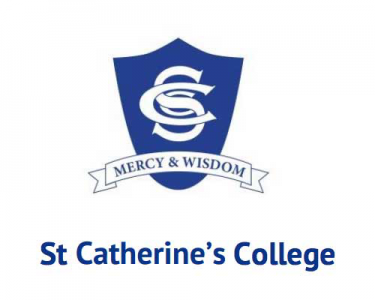
Year 9 Digital Technologies
9DT Course DescriptionTeacher in Charge: Kamini Singh.
Year 9 Digital Technologies
This half-year course introduces students to the two strands of the National Curriculum for Digital Technologies.
1. Computational Thinking
Computational thinking enables students to express problems and formulate solutions in ways that mean a computer can be used to solve them. Students learn how to create accurate and concise algorithms (sets of instructions) for a range of situations.
In this area, students develop algorithmic thinking skills and an understanding of the computer science principles that underpin all digital technologies. They develop an understanding of how computer data is stored, how all the information within a computer system is presented using digits, and the impact that different data representations have on the nature and use of this information.
2. Designing and Developing Digital Outcomes
In this area, students understand that digital applications and systems are created for humans by humans. They develop an understanding of the fundamental principles for designing and producing quality, fit-for-purpose, digital outcomes. They interact with a range of programming platforms to develop their understanding of the basic programming structures, such as BBC MicroBits and Sphero robots. Students also explore the fundamental principles of Artificial Intelligence and Machine Learning and and use these to create basic programs using PicroBlox.
Learning Areas:
Pathway